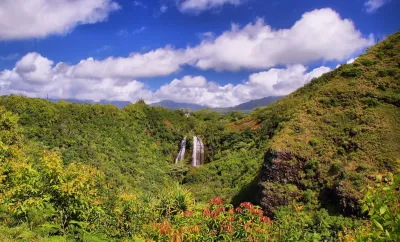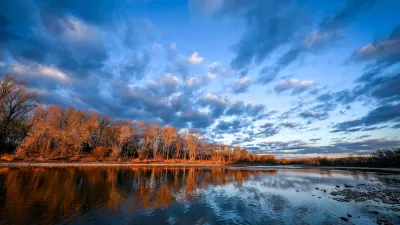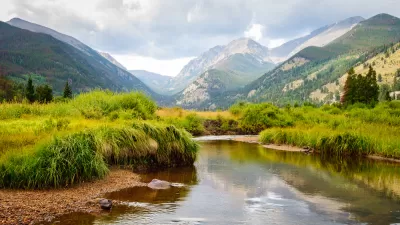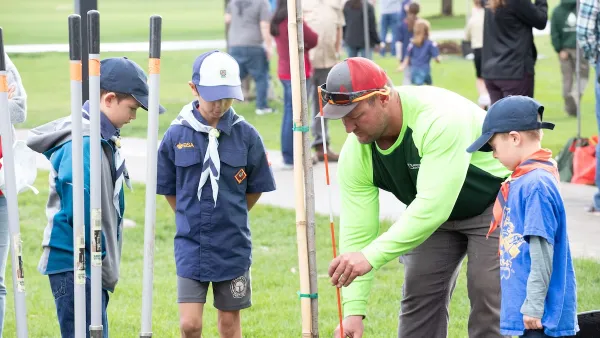A University of Hawaiʻi study shows that protecting Kauaʻi’s native forests from invasive species significantly boosts groundwater recharge, making it a cost-effective strategy to secure fresh water and enhance climate resilience.

A new study led by the University of Hawaiʻi Economic Research Organization (UHERO) finds that conserving Kauaʻi’s native forests offers major water benefits, with each dollar invested in protection efforts generating an average of 593 gallons of groundwater recharge. These efforts focus on keeping invasive species like feral pigs and deer out of vital watershed areas to maintain the island’s freshwater supply.
UHERO — an applied research group housed within UH Mānoa’s College of Social Sciences — conducted the study in partnership with the Institute for Sustainability and Resilience, the Water Resources Research Center, and The Nature Conservancy. Their analysis showed that regions with natural barriers, such as Wainiha and Nāmolokama, yielded even higher returns, while mid-elevation areas were identified as offering the greatest recharge benefits per dollar invested.
The study also emphasized the broader ecological and climate resilience benefits of conservation, including enhanced biodiversity and erosion control. With the potential to increase total groundwater recharge from 21.4 to 34.4 billion gallons over 50 years, the findings provide a compelling economic and environmental case for expanding forest protection as part of long-term watershed management across Kauaʻi and beyond.
FULL STORY: Protecting Kauaʻi forests from invasive species saves large amounts of groundwater

Maui's Vacation Rental Debate Turns Ugly
Verbal attacks, misinformation campaigns and fistfights plague a high-stakes debate to convert thousands of vacation rentals into long-term housing.

Planetizen Federal Action Tracker
A weekly monitor of how Trump’s orders and actions are impacting planners and planning in America.

San Francisco Suspends Traffic Calming Amidst Record Deaths
Citing “a challenging fiscal landscape,” the city will cease the program on the heels of 42 traffic deaths, including 24 pedestrians.

Defunct Pittsburgh Power Plant to Become Residential Tower
A decommissioned steam heat plant will be redeveloped into almost 100 affordable housing units.

Trump Prompts Restructuring of Transportation Research Board in “Unprecedented Overreach”
The TRB has eliminated more than half of its committees including those focused on climate, equity, and cities.

Amtrak Rolls Out New Orleans to Alabama “Mardi Gras” Train
The new service will operate morning and evening departures between Mobile and New Orleans.
Urban Design for Planners 1: Software Tools
This six-course series explores essential urban design concepts using open source software and equips planners with the tools they need to participate fully in the urban design process.
Planning for Universal Design
Learn the tools for implementing Universal Design in planning regulations.
Heyer Gruel & Associates PA
JM Goldson LLC
Custer County Colorado
City of Camden Redevelopment Agency
City of Astoria
Transportation Research & Education Center (TREC) at Portland State University
Jefferson Parish Government
Camden Redevelopment Agency
City of Claremont





























